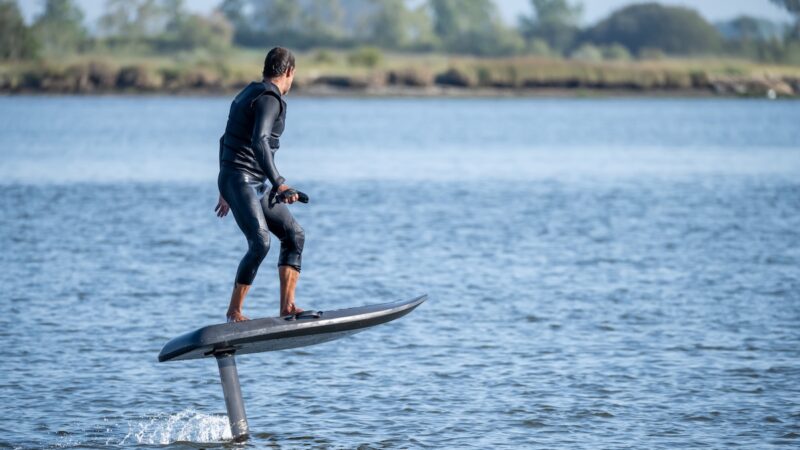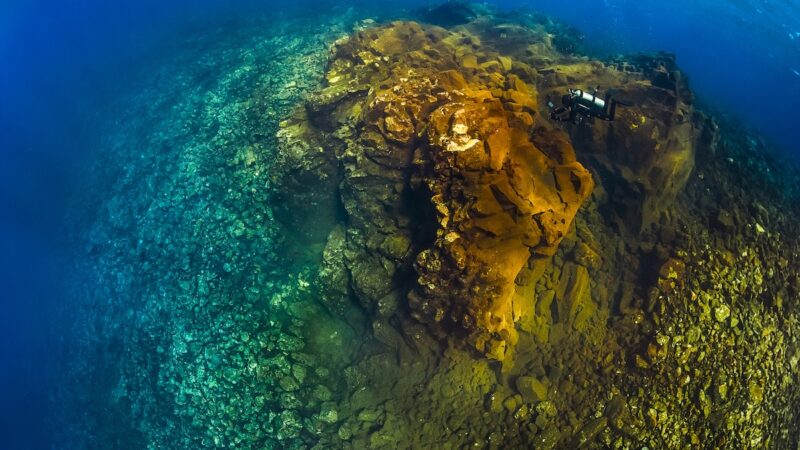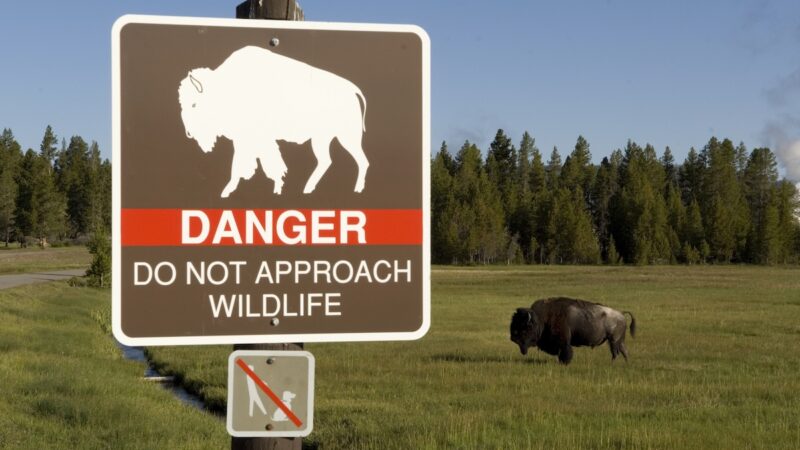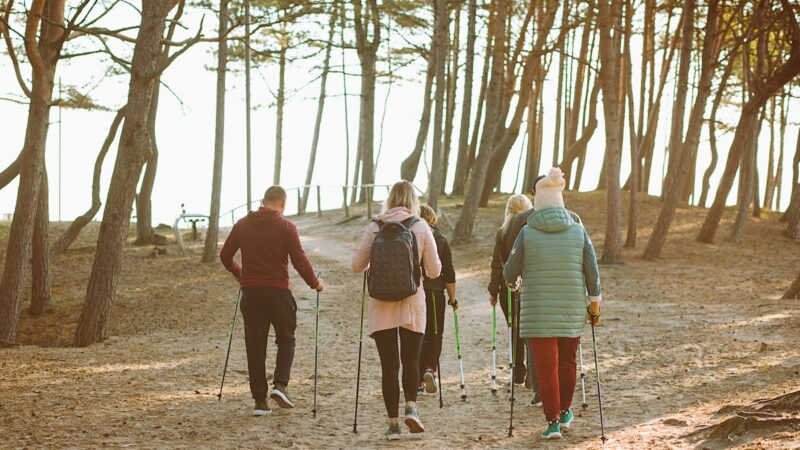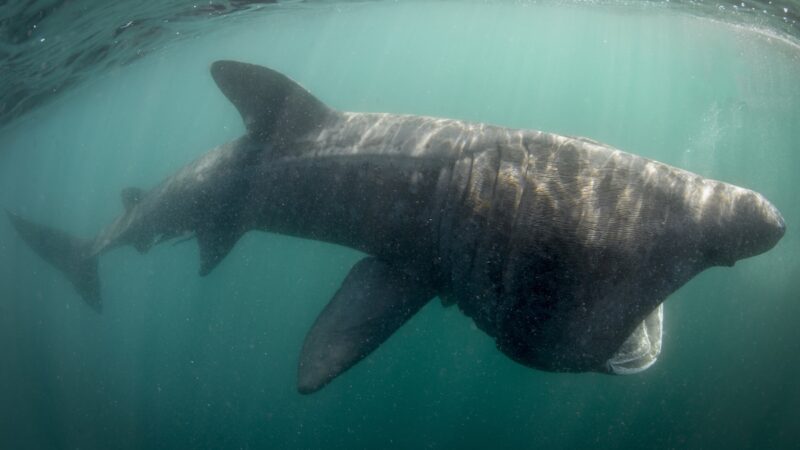Adventure Photography: Keep These Basic Techniques in Mind To Capture the Stoke
This is a partner post in collaboration with MixPlaces.com
If you get into the extreme outdoors sports like bungee jumping, rock climbing, and skydiving, then you know these bring the stoke. And as exciting as they are to do, they can be really thrilling to photograph as well. The challenge lies in capturing the speed, strength, and spirit of these sports, all while maintaining a crisp and clear shot and not end up with a gallery full of blur.
Let’s run through some tips on settings, composition, and focusing techniques for photographing adventure sports.
Camera Settings for Action Shots
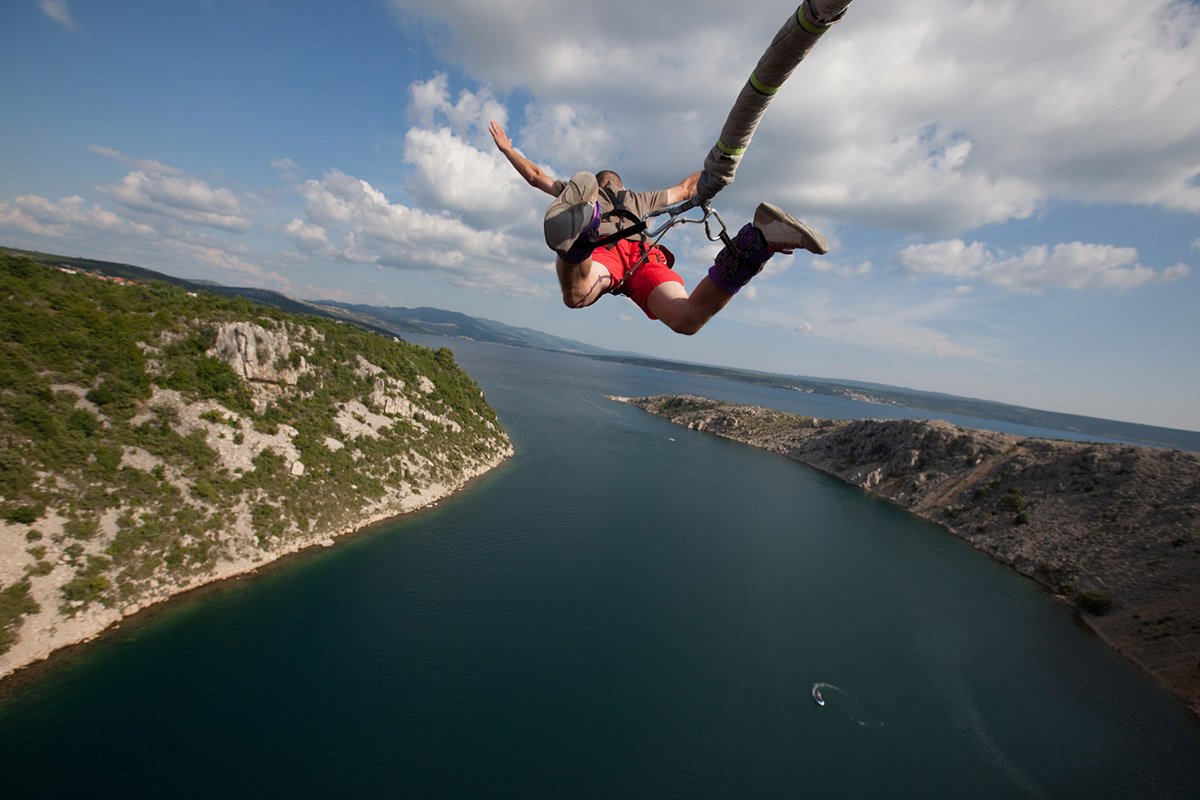
To freeze the action in a high-speed adventure sport, you’ll need to use a fast shutter speed. A setting of 1/1000 – 1/4000 of a second is usually sufficient, depending on the speed of the action. Use the highest speed your camera allows that still gives you a properly exposed image.
Using a high ISO may be necessary, especially in low light conditions. Modern cameras can handle higher ISO settings without noticeable noise, so don’t be afraid to push it up as needed. Always aim for an ISO that allows you to use a fast shutter speed while keeping the aperture in a reasonable range (between f/2.8 and f/8 for most lenses).
When it comes to aperture, a wider aperture (lower f-number) will allow more light into the camera and provide a faster shutter speed. However, it also reduces the depth of field, which can be tricky when trying to keep a moving subject in focus.
Composition
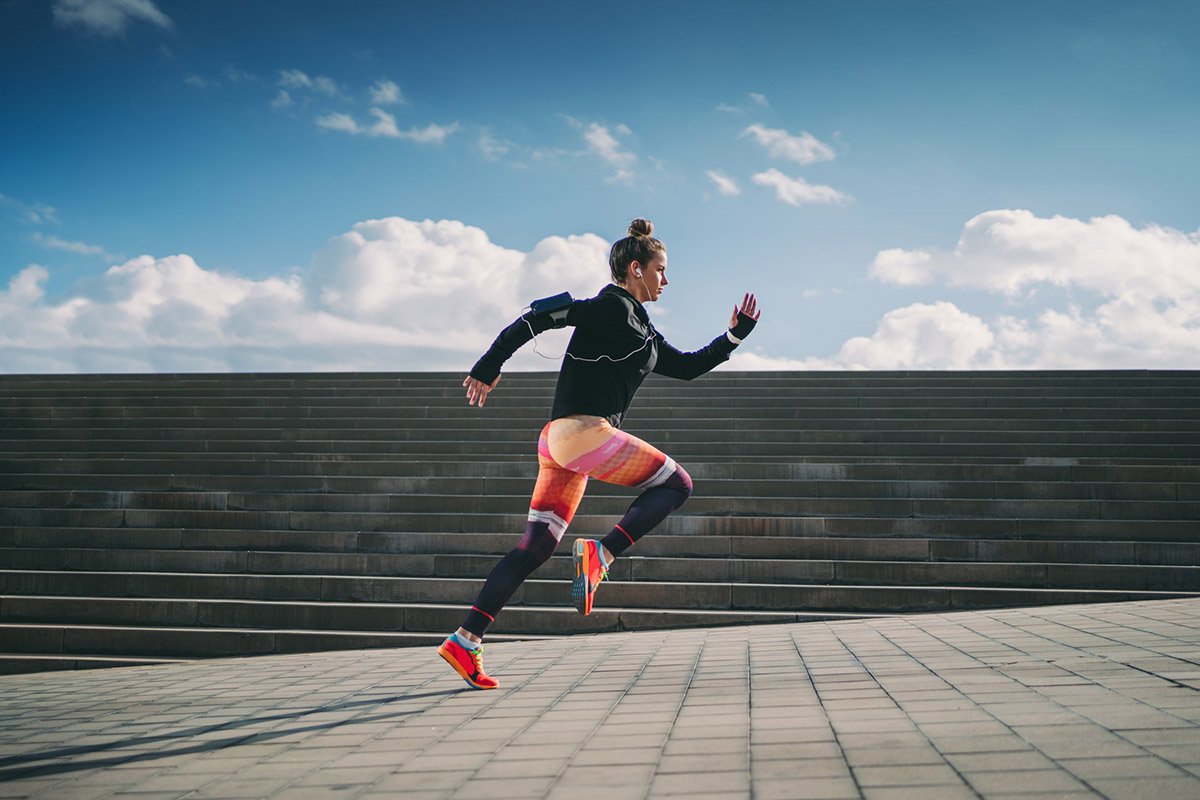
Composing your shot is paramount in action photography. It’s not just about the athlete but also the context of their surroundings. Consider the rule of thirds and place your subject off-center to create a dynamic, interesting composition.
Capturing the athlete’s interaction with the environment can add depth to your shot. For example, the spray of water from a surfer’s wave, or rocks tumbling from a climber’s ascent. These elements can add a sense of motion and drama.
Don’t forget to experiment. Try different angles and perspectives. A low angle can accentuate the height of a jump or climb. A wide-angle lens can capture the vastness of the landscape surrounding a skydiver.
Focusing Techniques
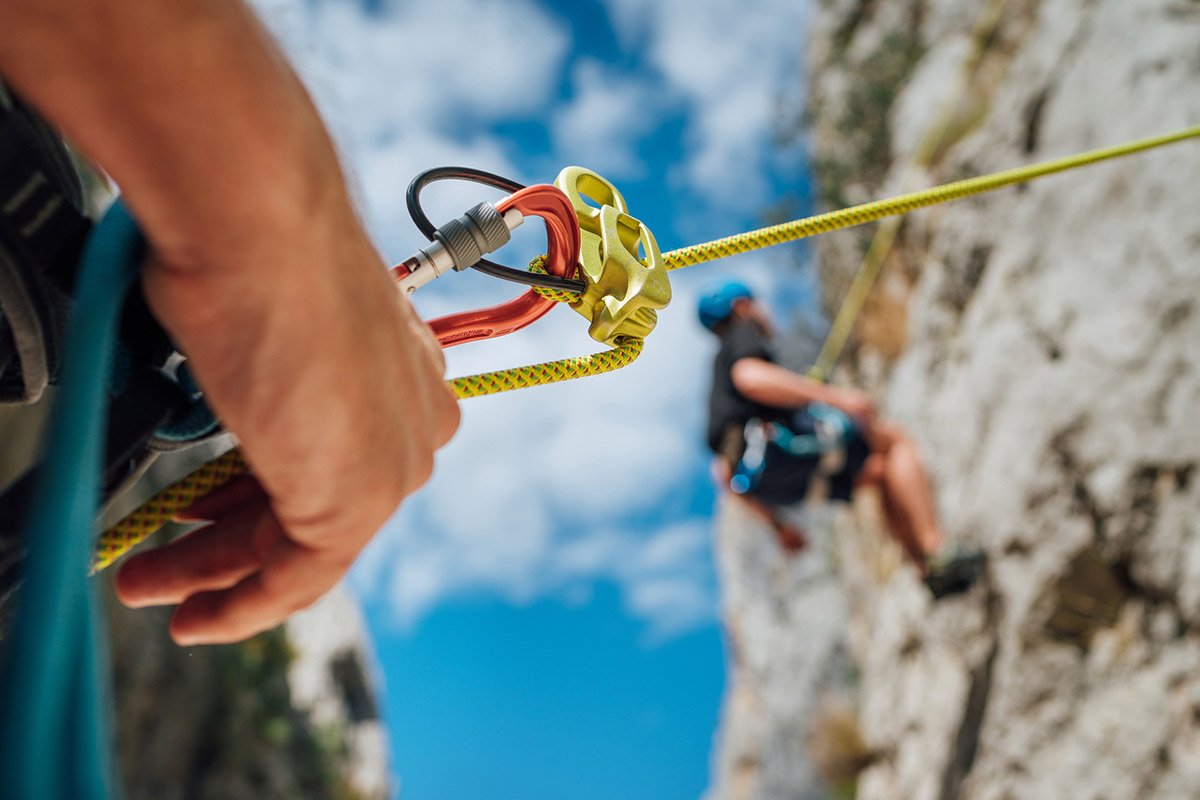
Keeping a moving subject in focus can be challenging. Most cameras today have autofocus (AF) systems with various modes to handle this. For most adventure sports, continuous AF mode (often called AI Servo on Canon cameras or AF-C on Nikon) is the best choice. This mode will continuously focus on a subject as it moves.
Another important feature is AF tracking or focus tracking. This allows you to select a subject, and the camera will maintain focus on that subject as it moves across the frame.
Adventure Photography: Practice Makes It Picture Perfect
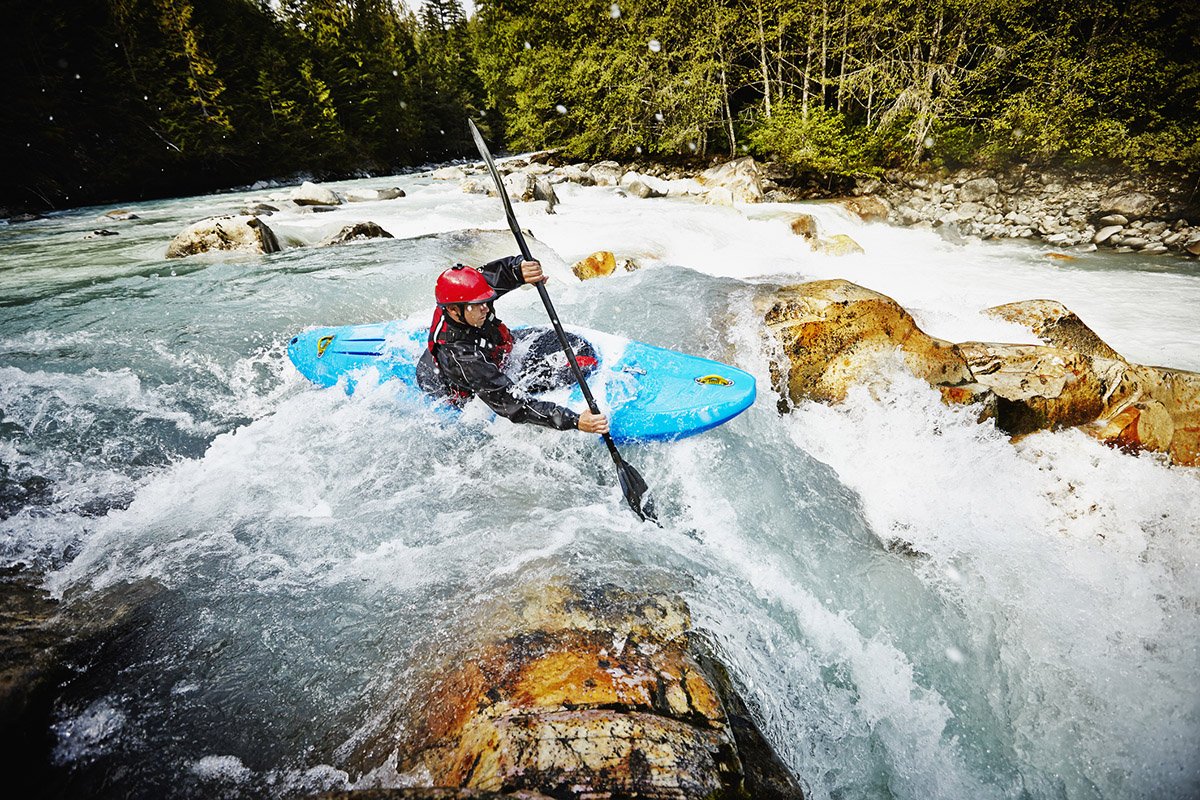
Nailing that great bungee shot, or getting that right moment as your kayaking buddy hits a crest on the rapids can be unpredictable. Learning how to anticipate and capture key moments takes time. With the right settings, framing, and focusing techniques, you can create stunning images that encapsulate the exhilaration and energy of the sport, and help share the story of adventure and daring.
Once you’ve got your adventure gallery, why not print it out? MixPlaces provides several options for your photos – from wall art to photo books. Upload your travel photos at MixPlaces.com.
Source: https://outdoors.com/basic-photography-techniques-to-capture-the-stoke/


